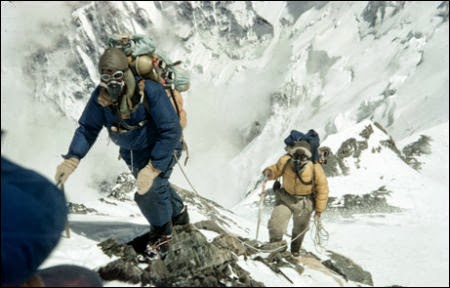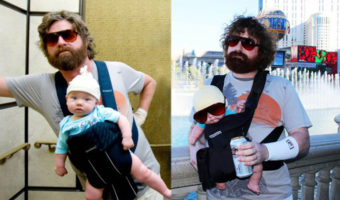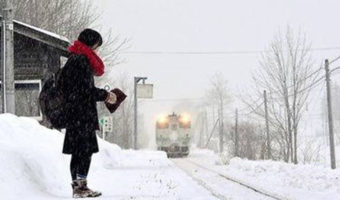Mount Everest, The Grave To Over 200 Dead Bodies

Mount Everest is the most popular and most recognized mountain in the world. It is located in the Mahalangur section of the Himalayas with its highest point reaching 8848 meters above sea level. Mount Everest has been a climbing challenge that many climbers have dreamed of completing, reaching the top being the ultimate prize. You always hear of those who do reach the peak but no so much of those who tried and failed.
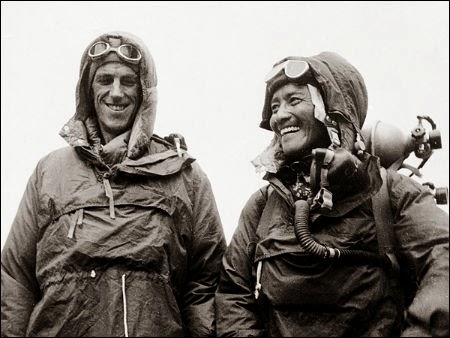
The first successful ascent took place on May 29th, 1953 by two men names Tenzing Norgay, Edmund Hillary. Since then many have attempted the climb and have not come down. One man that still remains near the top is David Sharp. David attempted the climb in 2005. He got very close to the top then decided to step into a cave to rest. The cave is known as Green Boots Cave. He laid there too long and ended up freezing to the point where he could not move. 30 other climbers passed him by some saying they heard moans. One climber went into the cave and was able to talk to David. The climber took David out into the sun in hopes of thawing him to the point he would be able to move. Once realizing David wouldn’t recover, the climber was forced to leave him behind to die. David’s body still remains in the cave and is used as a guide point to other climbers.
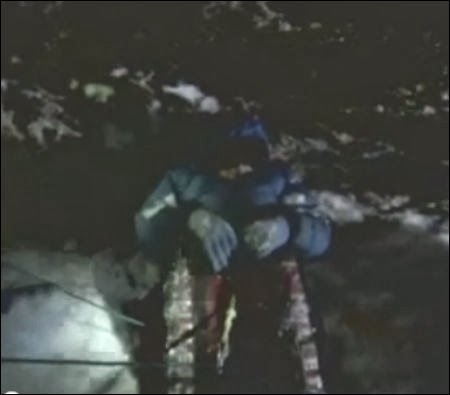
The cave is known as Green Boots because the body of “Green Boots” (an Indian climber who died in 1996) lies near the entrance to the cave that all climbers pass on their way to the peak. Green Boots now serves as a location marker that climbers use to estimate how close they are to the summit. Green Boots became separated from his climbing party in 96 and sought a mountain overhang to use as protection from the harsh elements. He literally just sat there shivering in the cold until he froze to death. The high wind has since blown his body over into a laying position hiding his face in the snow. Many climbers will surround the dead with rocks and packed snow to attempt to protect them from the elements.
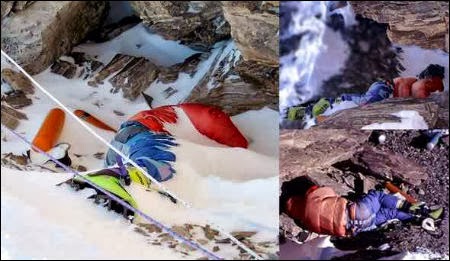
Francys Arseniev, was an American woman who fell while descending with a group of climbers (one of which was her husband Sergei). The story goes she pleaded with passerby’s to aid in rescuing her. It wasn’t until a little later while climbing down a steep section of the mountain when her husband noticed she wasn’t behind him. Knowing that he didn’t have enough oxygen to go back for her and return to base camp, he bravely chose to turn back anyway to find his missing wife. He, unfortunately, didn’t get a chance to save her or even say goodbye. He fell to his own death in his heroic attempt of saving her. However, two other climbers did successfully reach her but attempting to carry her off of Mount Everest would’ve most likely ended with all three of them dying. All they could do was comfort her to the best of their ability for a while before leaving her to die alone. Of course, they felt terrible about leaving her so in honor of her bravery, they climbed back up the mountain eight years later vowing to find the body and cover her in an American flag. They were able to complete their mission. After all known details of the horrendous climb became public, it was realized that Francys Arseniev was the first woman from the United States to reach the summit of Mount Everest without the assistance of bottled oxygen.
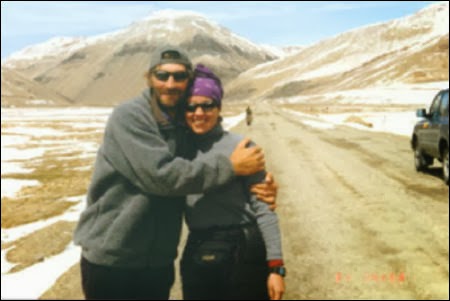

Many other bodies lay on Everest in twisted positions from falls off of trails. They are left as reminders to other climbers of their efforts to reach Everest peak. Other bodies are still in the resting positions from the climbers leaning up against rocks or snowbanks. The oldest corpse is from 1924, a man by the name of George Mallory. He was the first person to attempt the climb. His remains were identified in 1999.
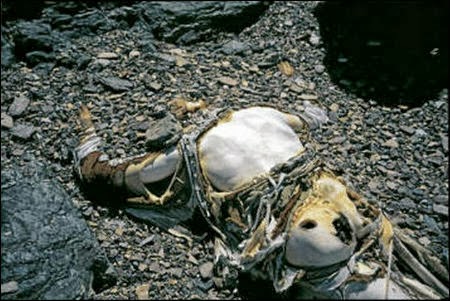
Even with modern-day technology, the number of climbers dying on Mount Everest continues to rise. In 2012 alone , the following climbers died in their attempts: Dawa Tenzing (exhaustion), Karsang Namgyal (exhaustion), Ramesh Gulve (exhaustion), Namgyal Tshering (fell into a crevasse), Shriya Shah-Klorfine (exhaustion), Eberhard Schaaf (Cerebral oedema), Song Won-bin (fell), Ha Wenyi (exhaustion), Juan José Polo Carbayo (exhaustion), and Ralf D. Arnold (broken leg resulted in exhaustion). In 2013, the deaths continued with the following climbers meeting an unfortunate demise: Mingma Sherpa (fell into a crevasse), DaRita Sherpa (exhaustion), Sergey Ponomarev (exhaustion), Lobsang Sherpa (fell), Alexey Bolotov (fell), Namgyal Sherpa (unknown), Seo Sung-Ho (unknown), and Mohammed Hossain (unknown).
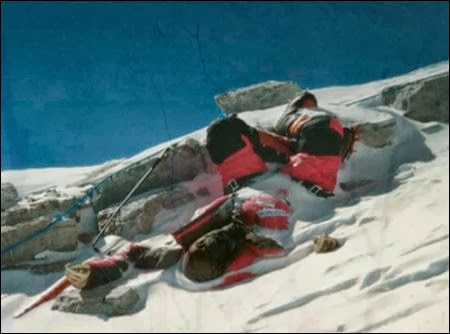
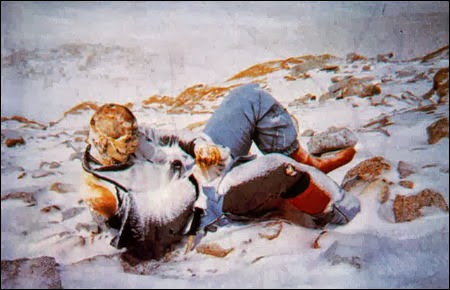
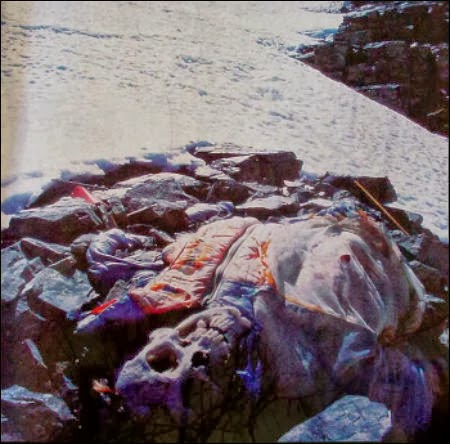
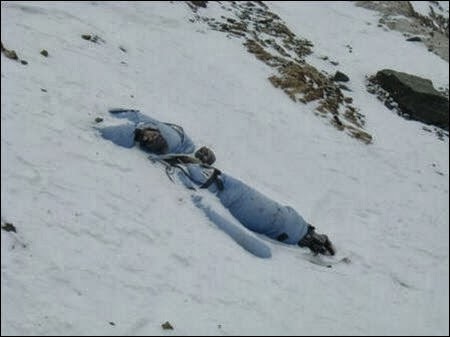
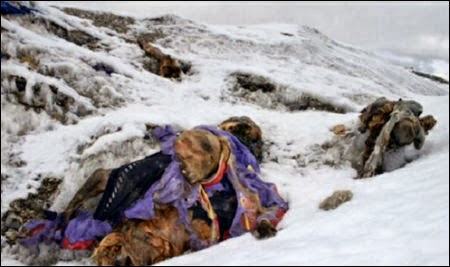
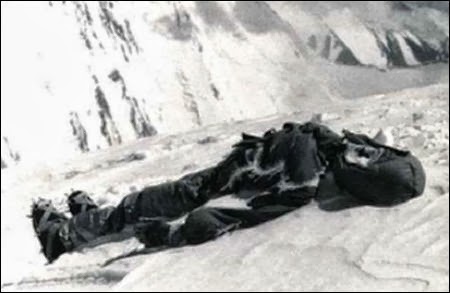
All said, over 200 climbers have died on Everest most from avalanches. Most bodies still remain on the mountain frozen in time. May the souls of the dead rest in peace.
[source:Â www.altereddimensions.net]
Ever Thought of Climbing Mount Everest? Some Mount Everest Facts You Need to Know














